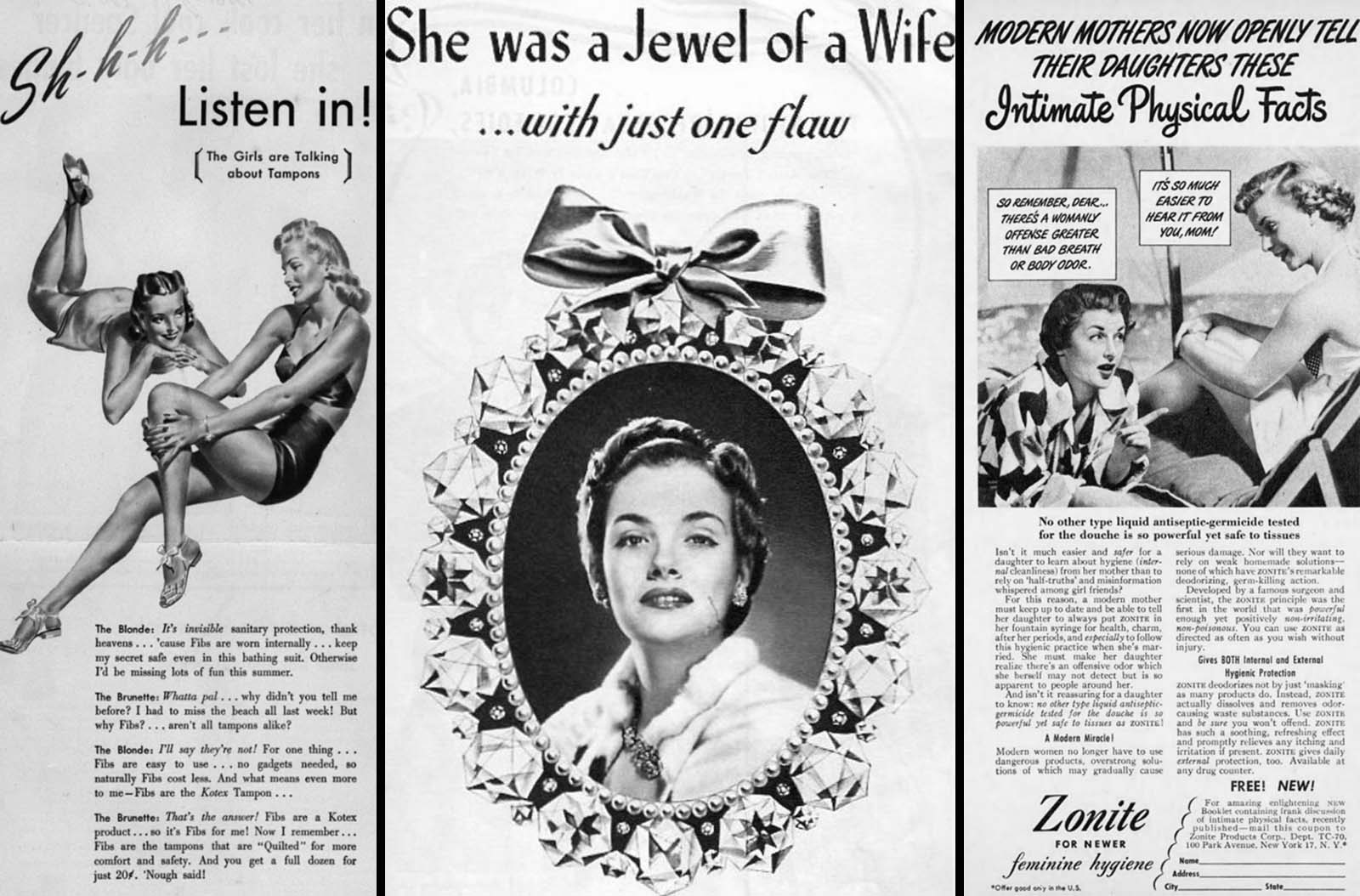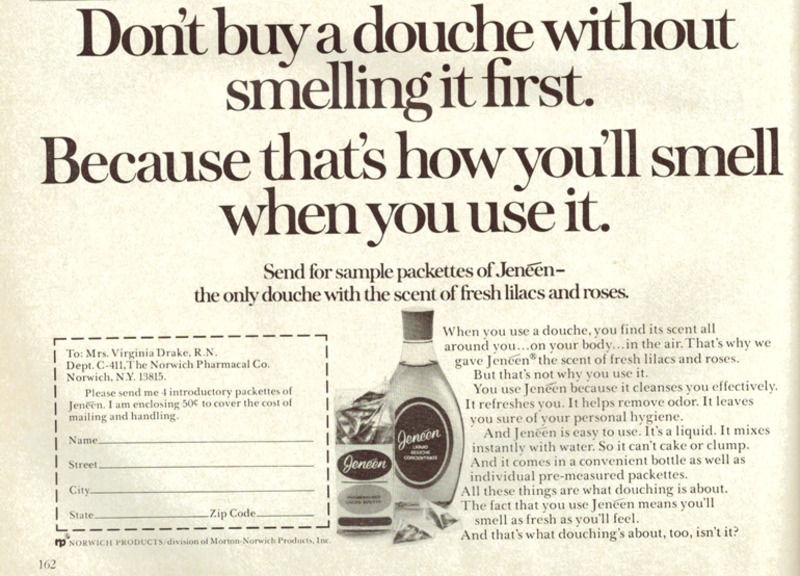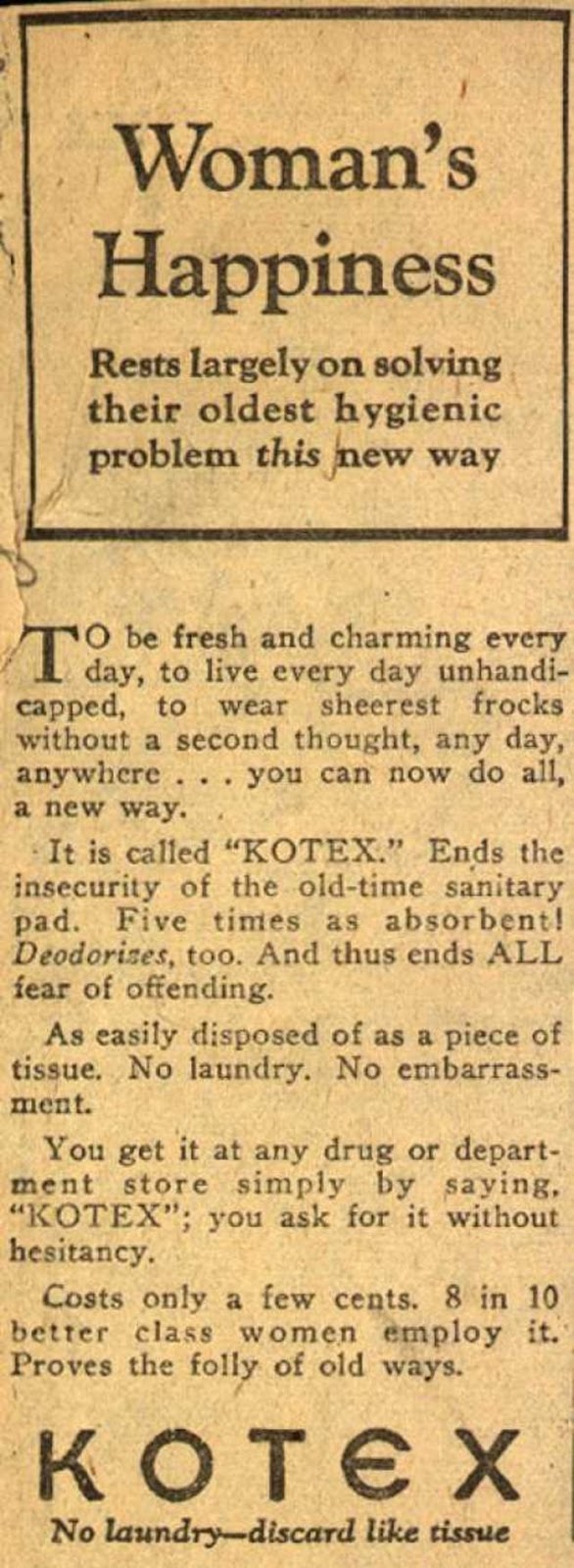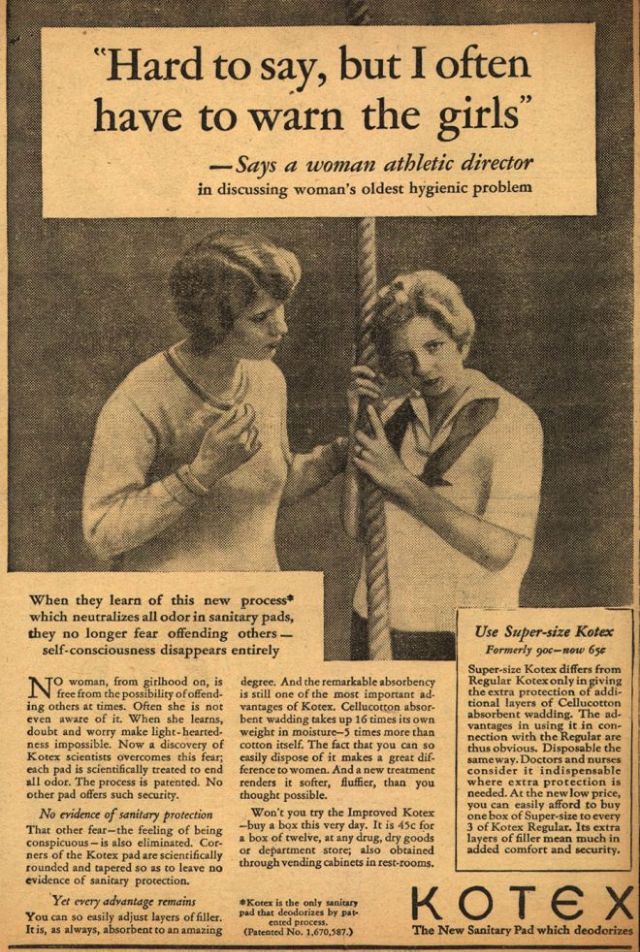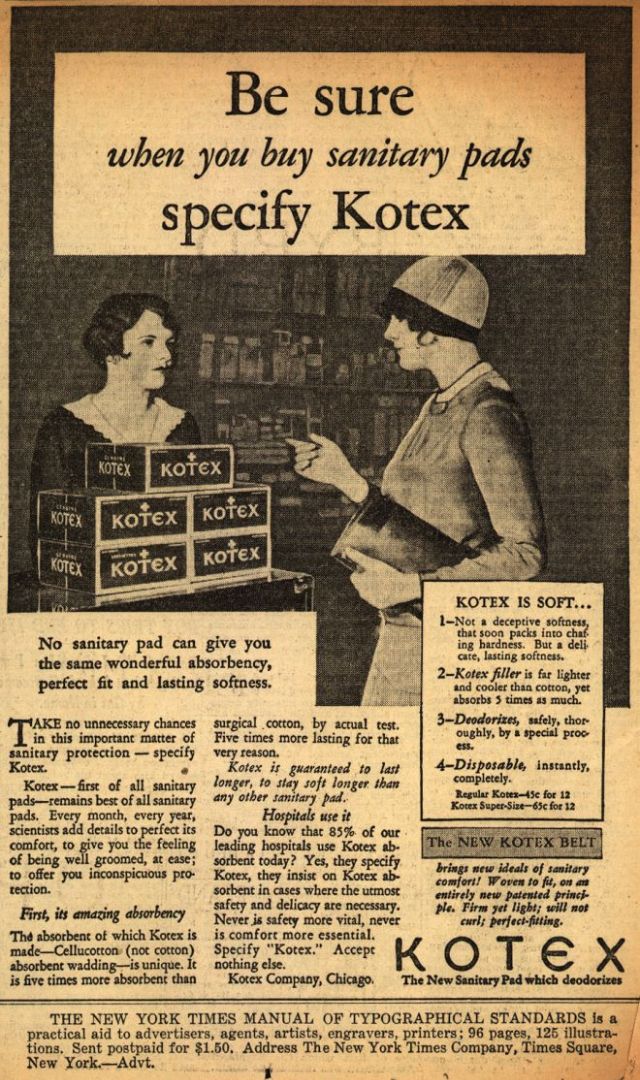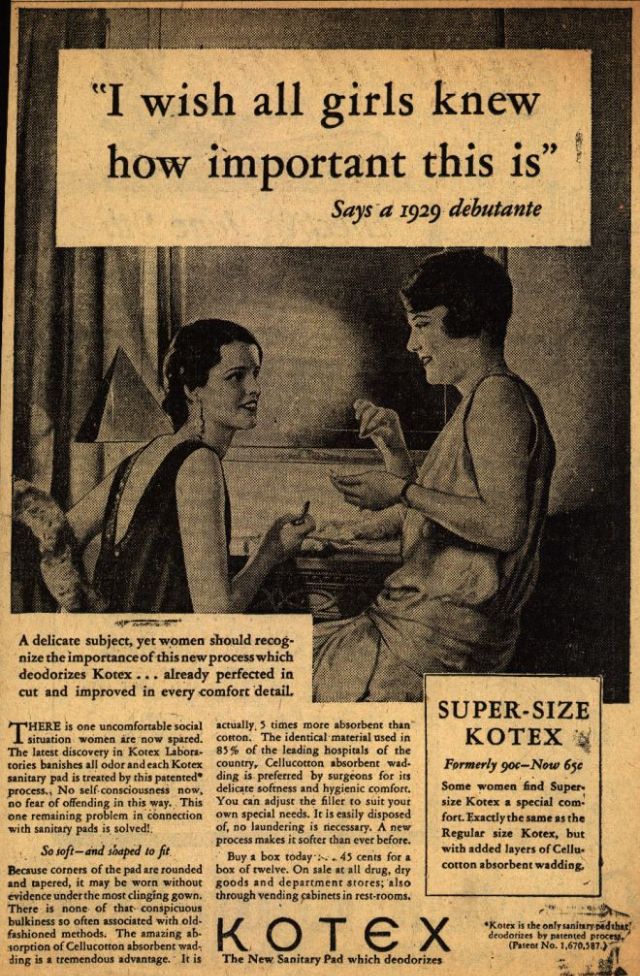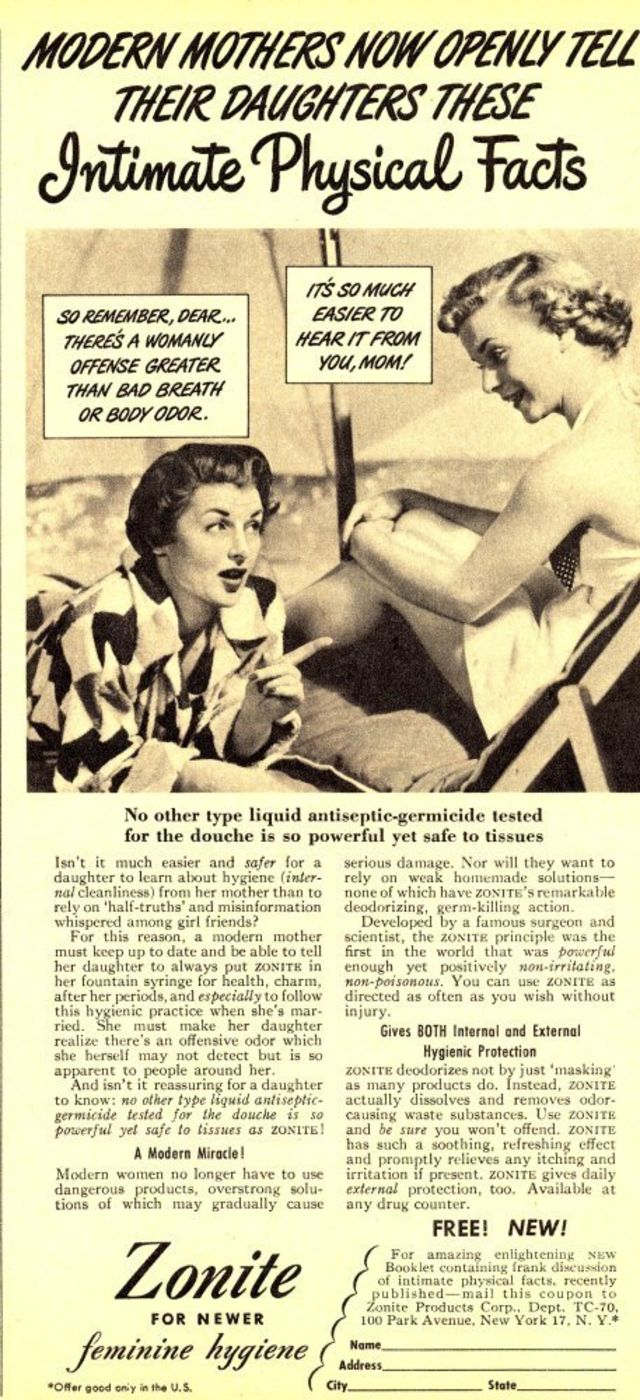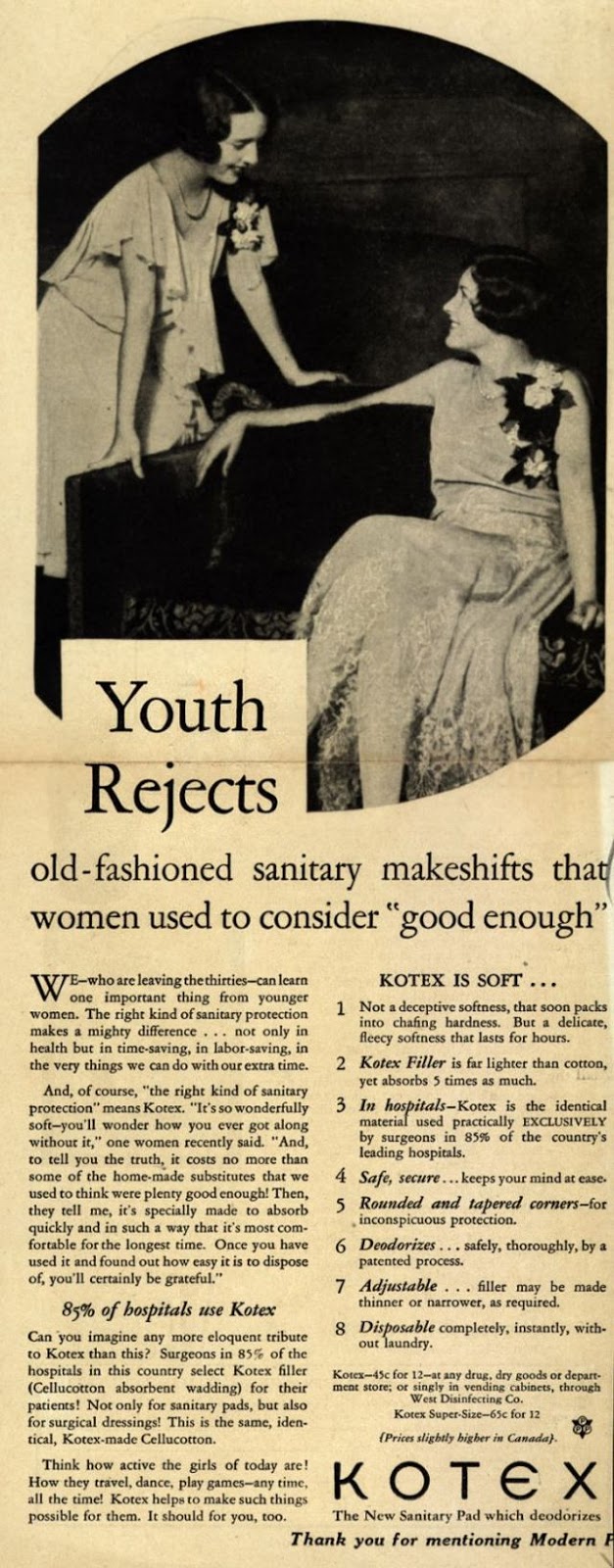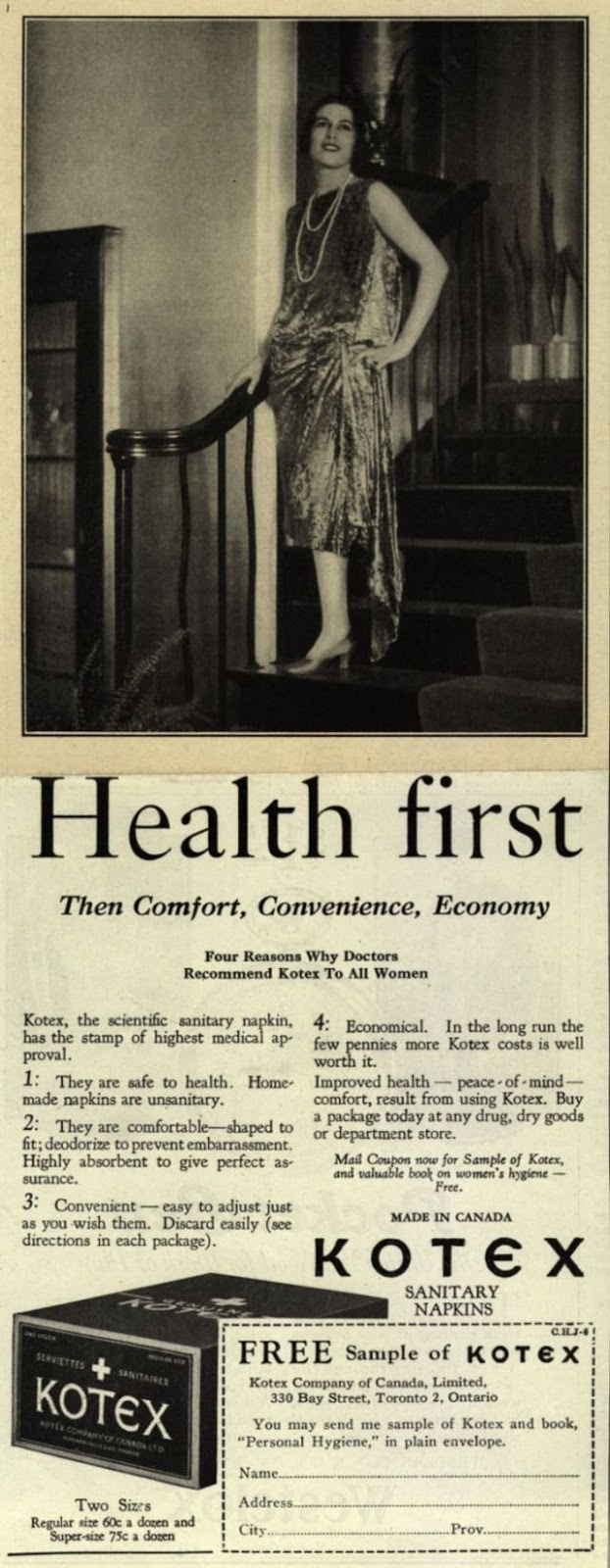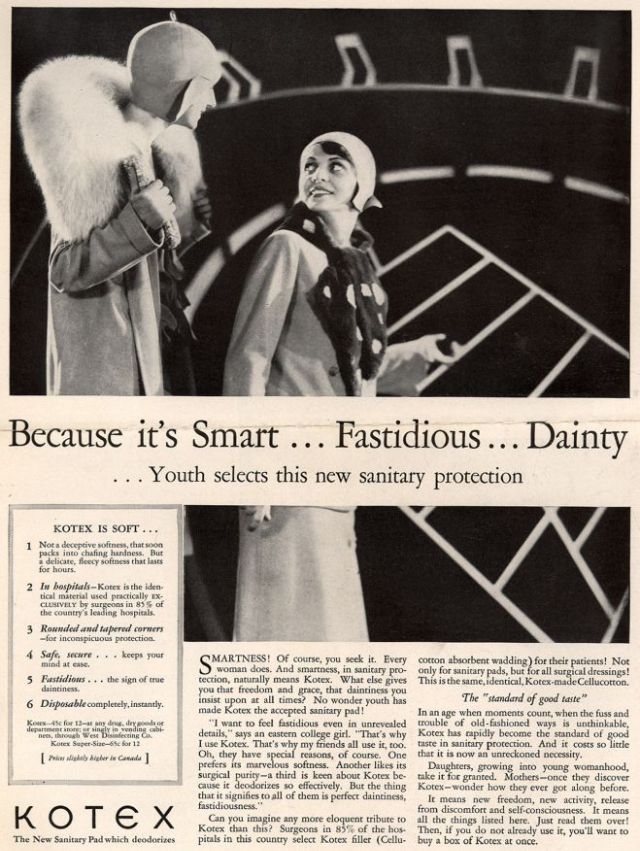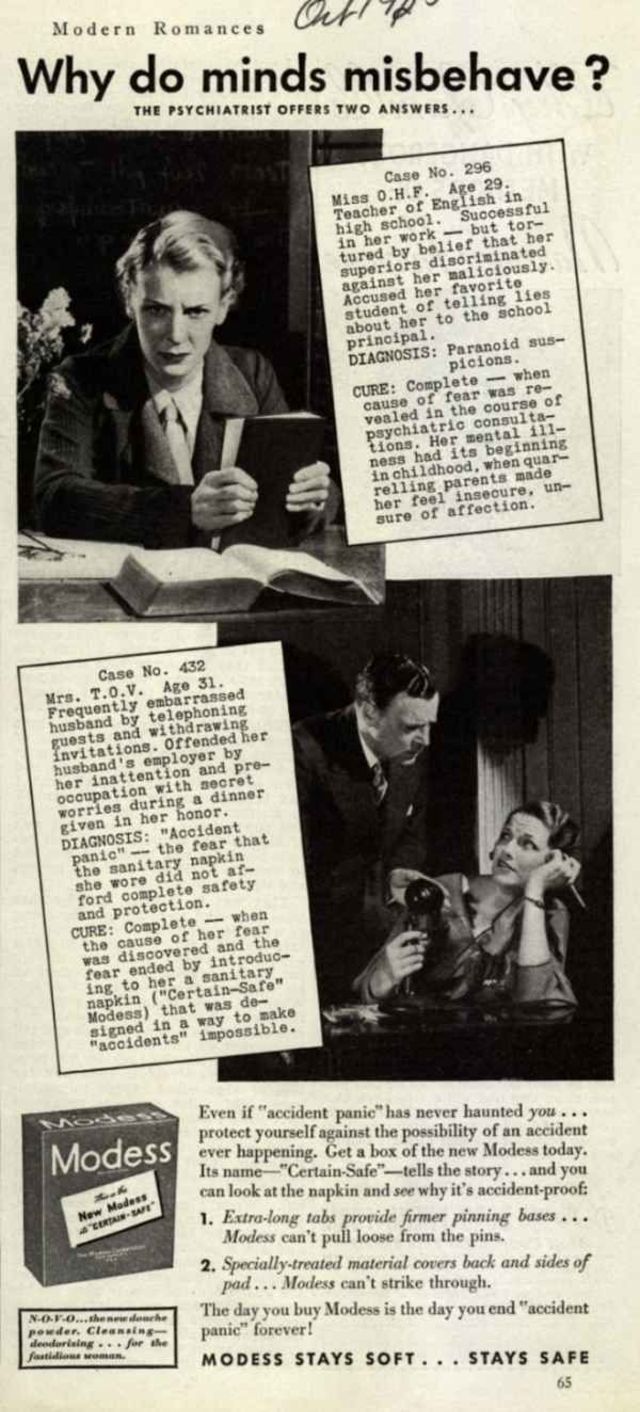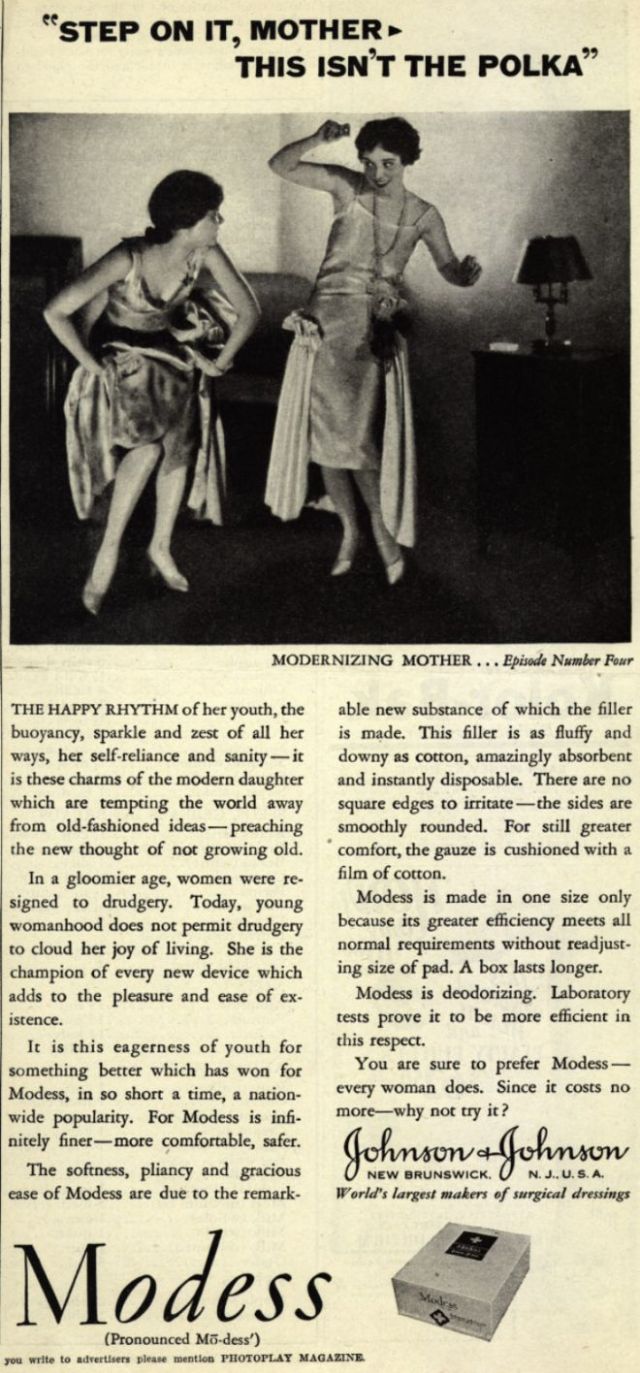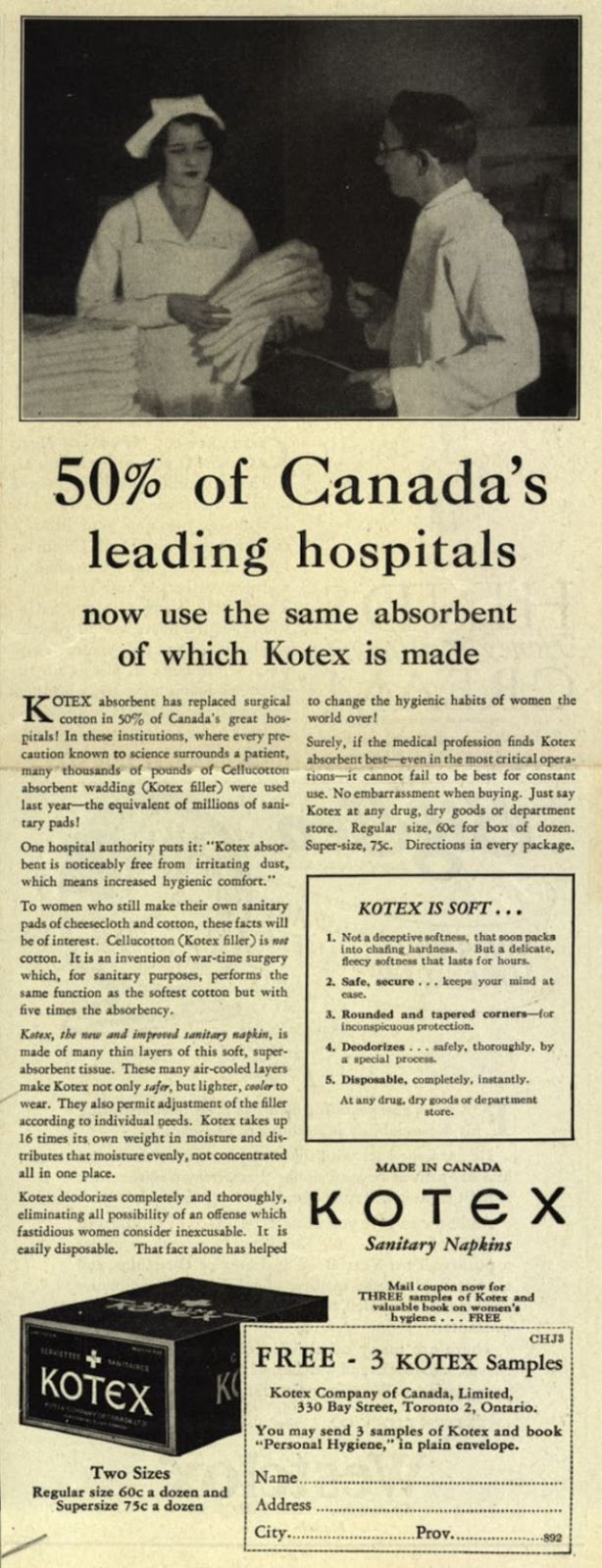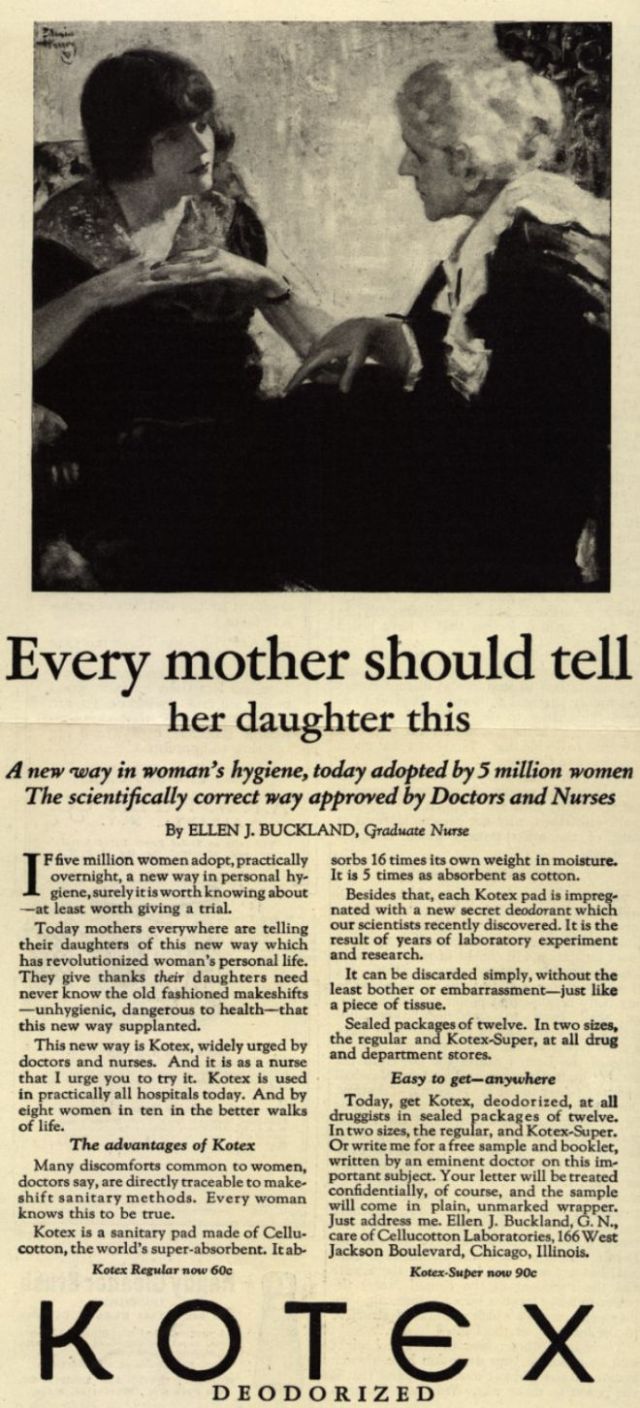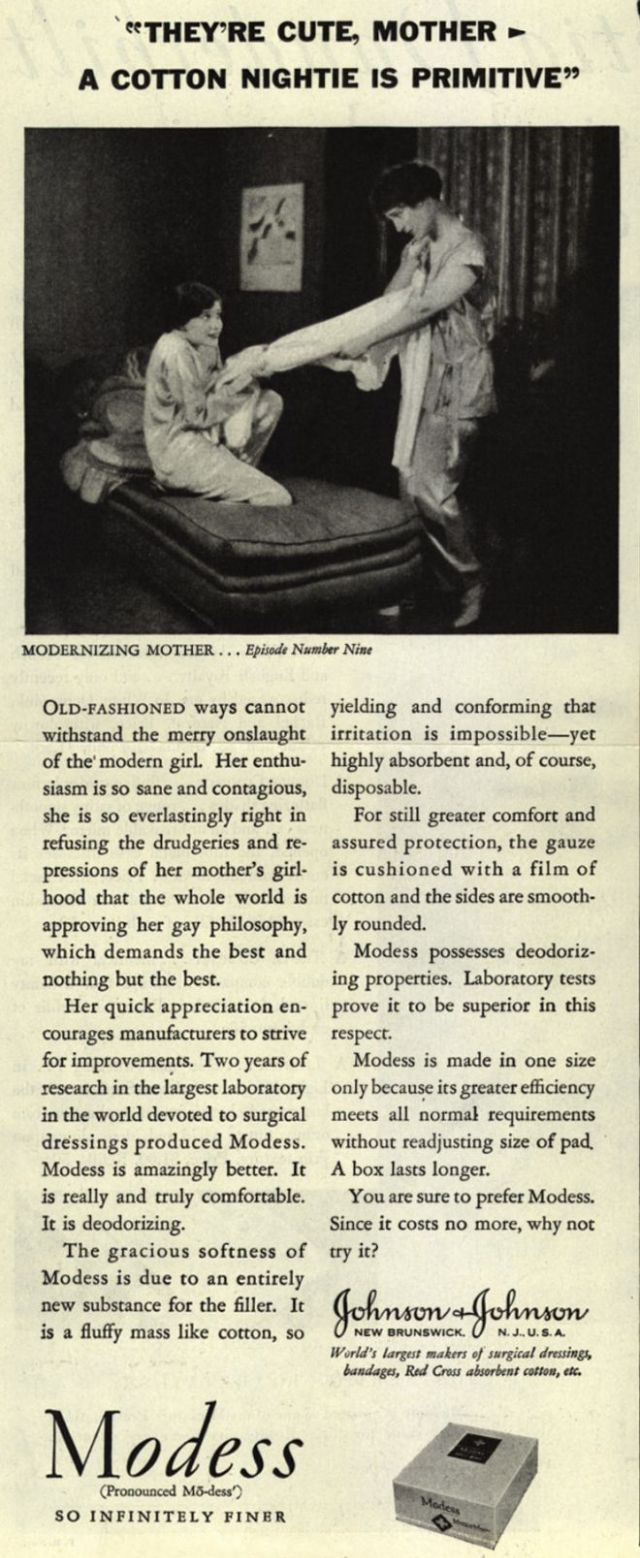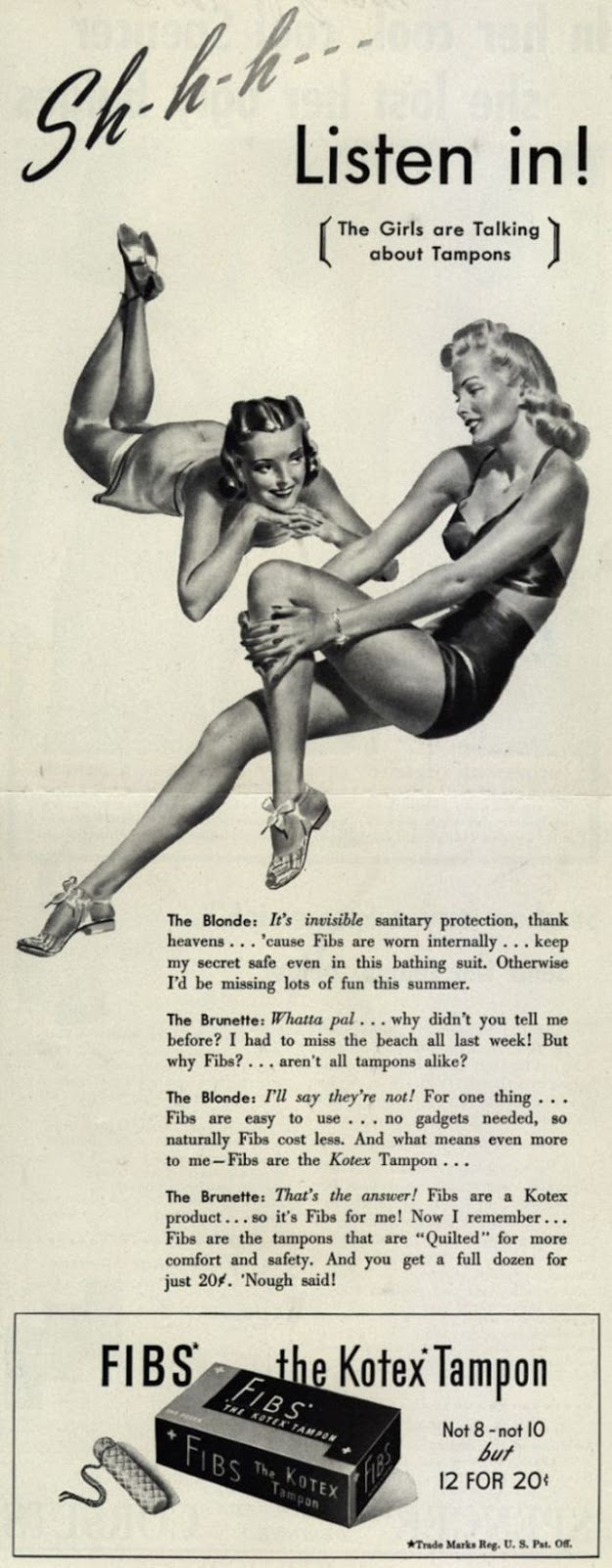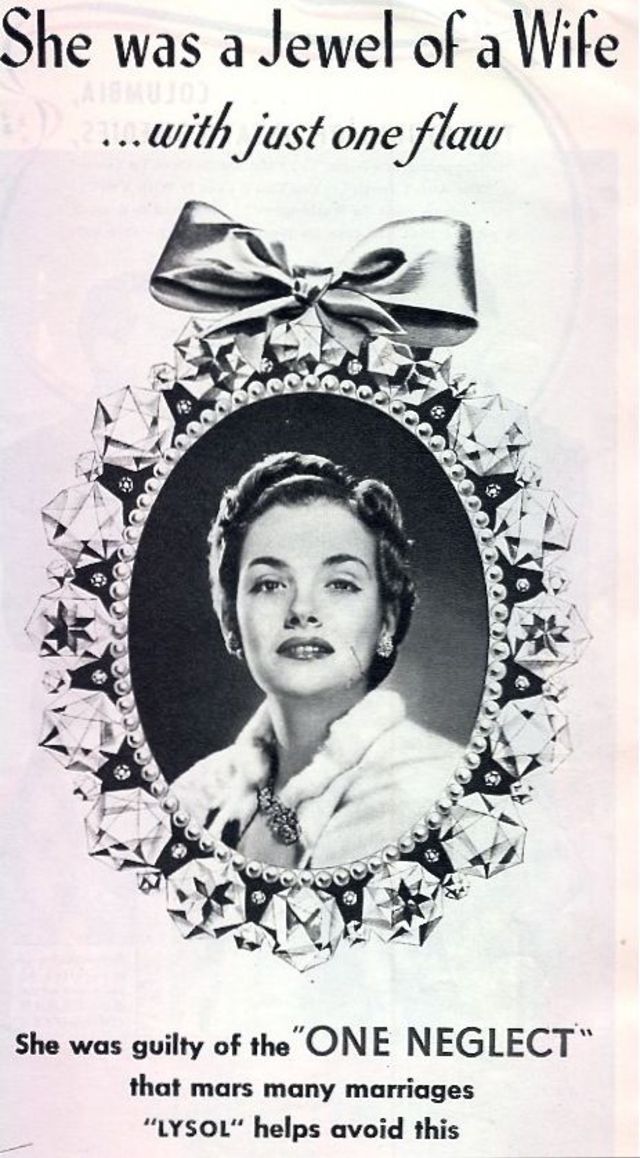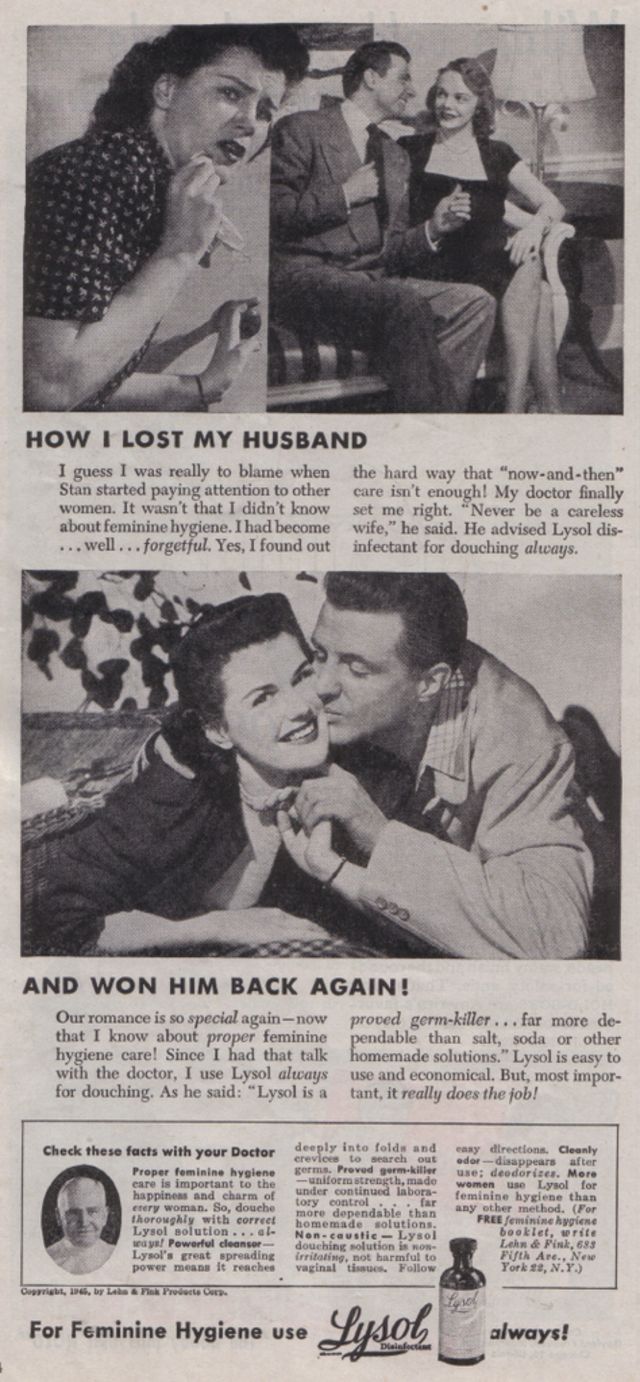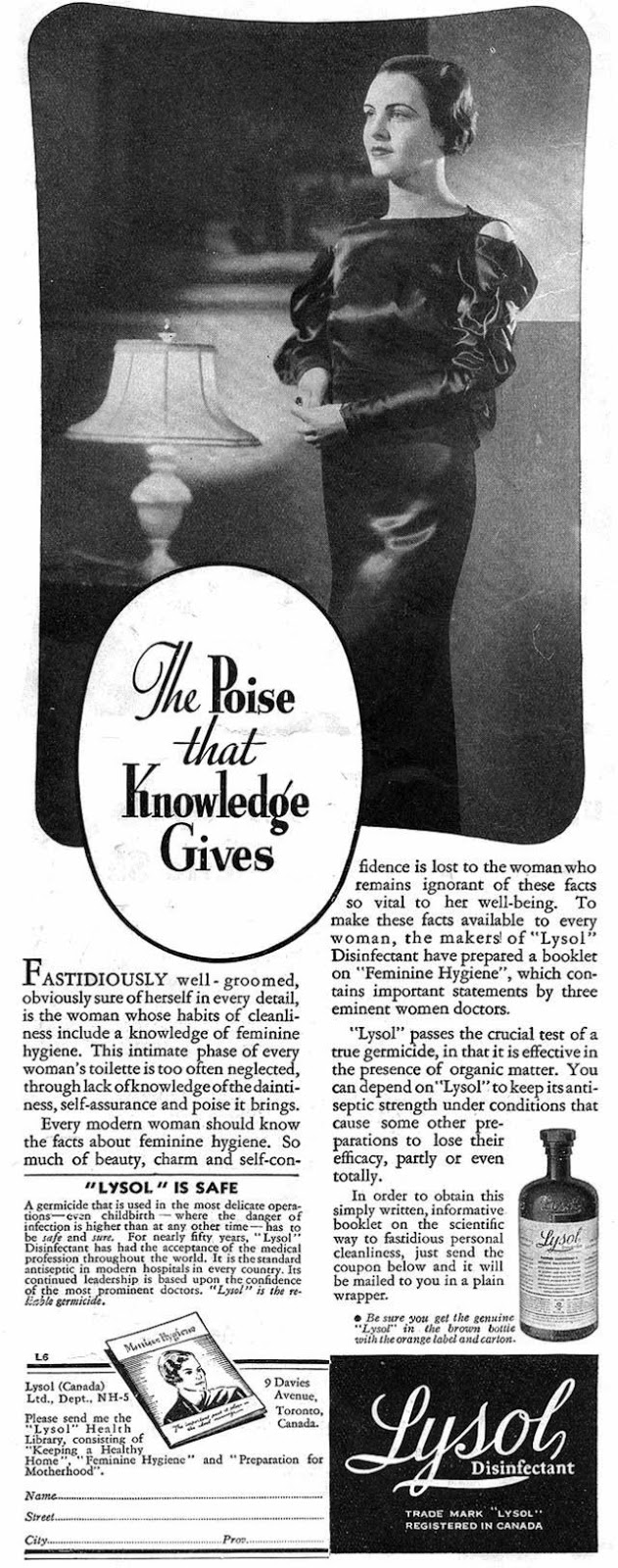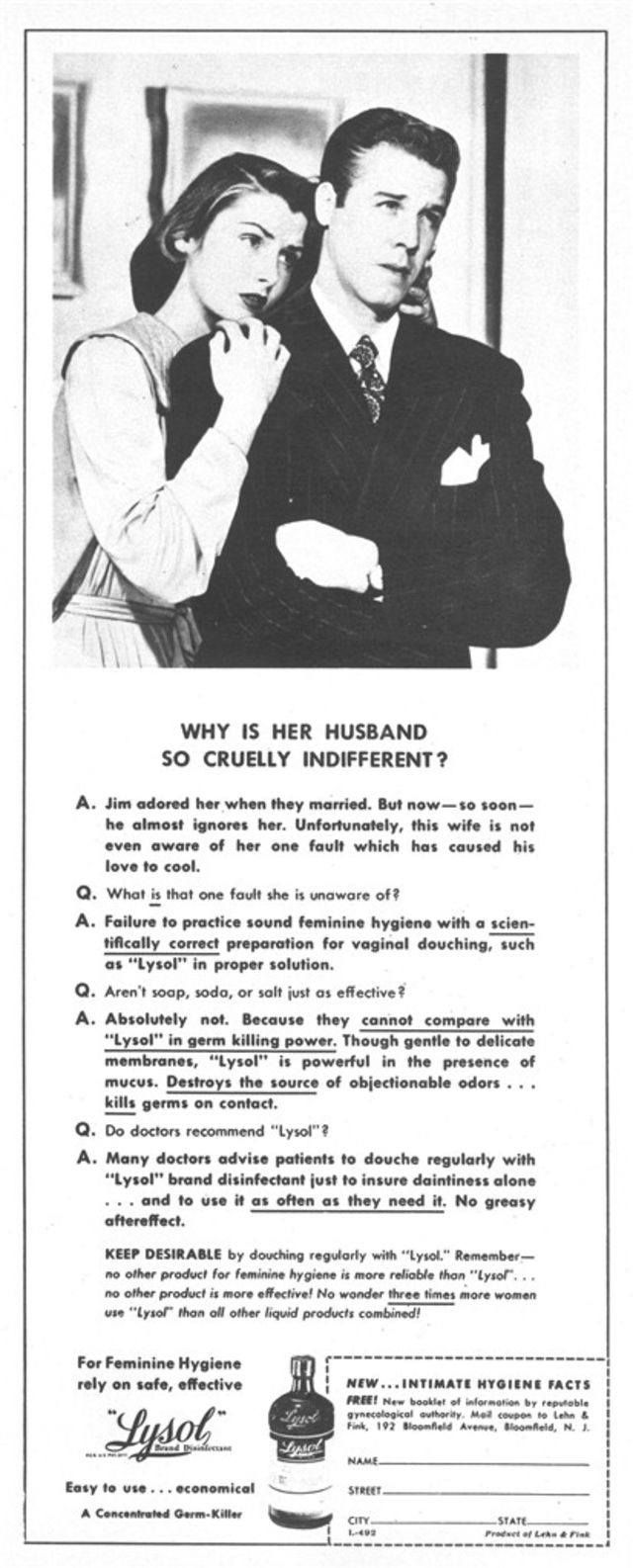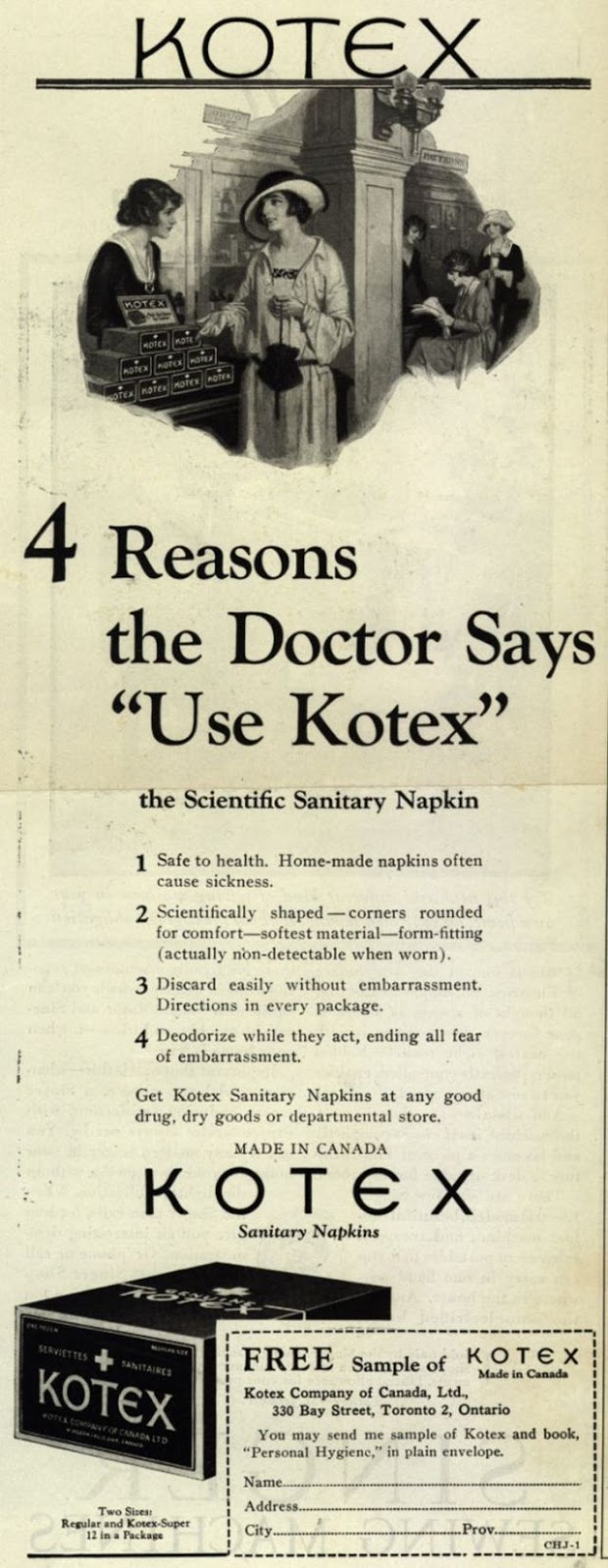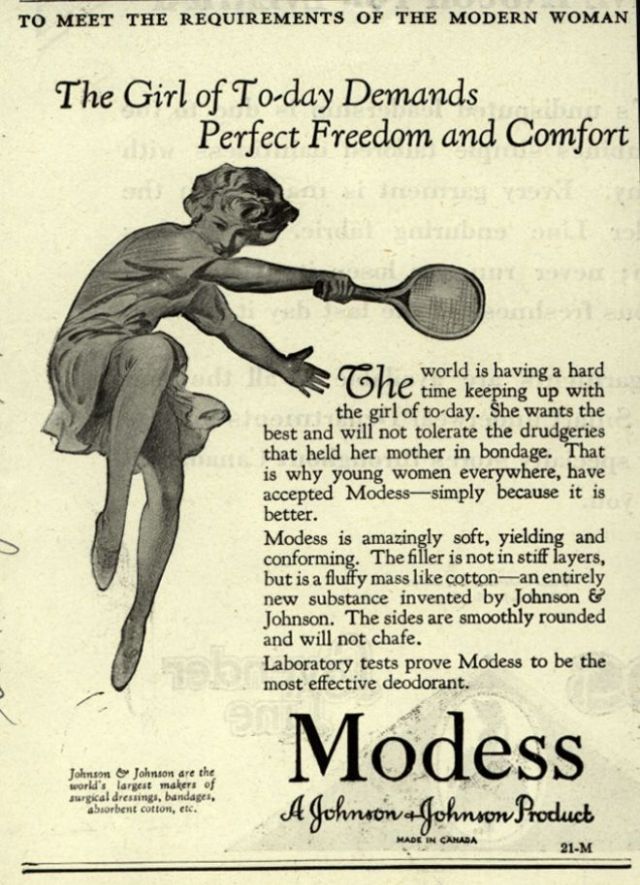These advertisements aimed not only to educate women about hygiene but also to alleviate societal taboos surrounding menstruation. In their pursuit of breaking stereotypes, advertisers often employed unconventional and comical approaches, resulting in a series of ads that now stand as fascinating relics of the past. One striking aspect of these vintage ads is the use of peculiar visual imagery to capture the attention of potential customers. Advertisements frequently employed exaggerated illustrations and colorful cartoons to convey their message. Unlikely scenarios, such as women joyfully participating in physical activities during menstruation, were presented with a tongue-in-cheek approach. These whimsical images not only sought to entertain but also worked to humanize and normalize an experience that was often stigmatized.
A distinctive characteristic of these vintage ads was the use of humor as a tool to engage the audience. Advertisers employed witty slogans, puns, and playful language to grab attention and deliver their message with a dose of levity. By employing humor, these ads sought to disarm any discomfort associated with the topic of feminine hygiene, making it approachable and relatable for women of the time. Through their light-hearted narratives, these ads aimed to create a sense of camaraderie among women, fostering a shared understanding of the challenges and experiences they faced. Examining these vintage ads also reveals the prevailing social conventions and gender roles of the early 20th century. Advertisements often depicted women as domestic caretakers, subtly reinforcing traditional gender roles while promoting feminine hygiene products. These portrayals reflected the societal expectations of the time and highlighted the delicate balance advertisers had to strike between progressive messaging and conforming to established norms. While these vintage ads may seem amusing or even perplexing to modern audiences, they played a significant role in sparking conversations around feminine hygiene and challenging taboos. They laid the foundation for the future evolution of advertising in this domain. Another problematic aspect of some vintage ads was the promotion of unrealistic standards of cleanliness and odor control. Ads often implied that failure to adhere to these standards would result in social rejection or loss of femininity. This messaging placed unnecessary pressure on women, instilling feelings of inadequacy or self-consciousness regarding their natural bodily functions. By setting unattainable standards, these ads exacerbated the anxiety and insecurities many women already faced. In their attempt to market feminine hygiene products, some vintage ads reinforced traditional gender roles and limitations imposed on women. These ads often depicted women as fragile, delicate, and in need of constant protection. By presenting women as solely responsible for maintaining cleanliness and freshness, the ads reinforced societal expectations that women’s primary role was that of a caretaker.
(Photo credit: Pinterest / Flickr / Wikimedia Commons). Notify me of new posts by email.
Δ Subscribe
